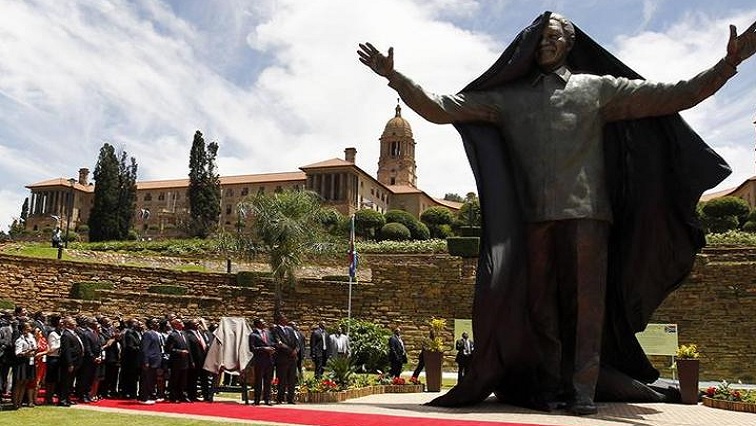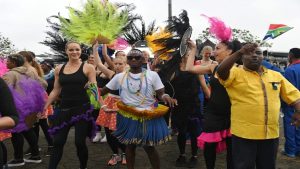South Africa has a rich and also painful history. Statues of the country’s British colonial past and the Apartheid era still stand erect across the country.
While the relevance of these statues is being questioned, experts in the museum and history sector believe the past should not be ignored just because it is offensive.
Historical and cultural monuments are found throughout South Africa. The statue of the Boer War General, Koos De La Rey is located in the centre of Lichtenburg.
The relevance of statues like these has always drawn mixed reactions.
“He was a person who fought for the Afrikaners, so why is it relevant to unveil his statue here,” asks one of the residents.
Another resident says, “I don’t relate. Perhaps if it was Mandela or other black leaders I would relate, but with this one, I can’t because I don’t even know anything about him.”
To others, this statue has a significant meaning.
“I grew up in the area and this statue has got significant importance to me. My grandfather, in the second British war served under general Dela Rey. It has a historical significance. It tells a cultural story. It is also the story of freedom.”
Another resident says, “General Dela Rey is not only an ancestor of mine; he’s also an example to all people. We are privileged as Afrikaner to have such as an ancestor.”
According to the curator of the Lichtenburg museum, Mohapi Sekete, history must be documented to allow further research.
“The history of Anglo war is very important. Remember, black people also played a role during the Anglo Boer War, but their history was not written. It was neglected to a certain extent. We find a lot of researchers coming into our museum, researching more about who Dela Rey was. The documentation of these statues is very important because history is history.”
Other statues removed
A statue of a leopard which used to be the totum of the University of Bophuthatswana was recently removed from the entrance of the great hall, by the North West University.
Students and alumni were outraged, saying the move erases the heritage of the institution.
It was a tradition for graduates to take pictures in front of this leopard – an activity that is seemingly not appealing anymore.
“I’m not happy that the leopard is not here because I believe that it is hidden. I believe that this leopard represented achievement. People who graduated before used to take pictures here. Now, they can’t because even the background is not appealing,” says one of the students.
Lessons in history
Johan Wolfaardt from Heritage Potchefstroom says the stories behind different monuments cannot be swept under the carpet just because they offend some people
“Monuments commemorate a shared heritage. If you haven’t been offended or angry or something about one aspect of these two, you haven’t studied these three. You have to look at monuments and our heritage sites realistically and objectively because unfortunately, some monuments offend certain groups they want to sweep it under the rug. There is a big injustice because you’re taking away from history, instead of using it to educate the future generations of why history is important because there’s a lot of key lessons that we can learn from it.”
The National Heritage Resources Act protects public monuments and memorials, allowing responsible heritage review.






